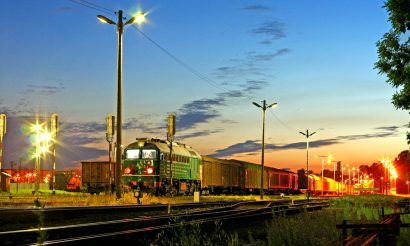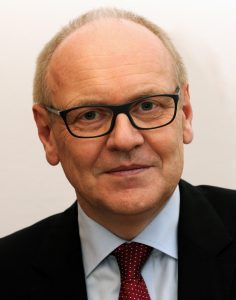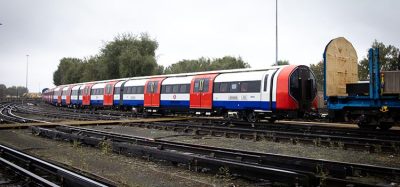Continuous improvement is needed
Posted: 19 September 2016 | Josef Doppelbauer | 2 comments
Josef Doppelbauer, Executive Director of the European Union Agency for Railways explains what the rolling stock industry needs to focus on to improve…


Although there is strong progress in technological developments such as digitalisation and innovations in automation, the long life cycle of railway vehicles – which can last for more than 30 years – slows down the introduction of new solutions. With this in mind, Josef Doppelbauer, Executive Director of the European Union Agency for Railways explains what the rolling stock industry needs to focus on to improve reliability, availability, maintainability and safety, and also address passenger comfort and accessibility.


Traditionally, European railway rolling stock manufacturers have played a leading global role, both in respect of market share and in innovative power. However, the railway sector is in transition, which significantly impacts the European industry. There is increasing competition within the sector from players based in the Far East, as well as from other transport modes (this also applies to innovations such as self-driving cars). Strong progress in technological development, such as digitalisation and the new regulatory framework provided by the Fourth Railway Package, also contribute to shape a new industrial landscape.
The European rail supply market is very open – foreign companies have the opportunity to participate in tenders in the EU, while European manufacturers face barriers in a number of countries. China has, in the past few years, been the main export market for EU railway manufacturers, while, at the same time, China has also become an exporter of railway equipment in particular to the developing world. The merger in 2015 of two main Chinese manufacturers, CNR and CSR, created a system integrator twice the size of its largest (European) competitor. The Chinese merger has sparked discussions about a possible consolidation in the European market, where the number of companies is perceived to be high, compared to aviation, for example.
Concrete actions are in place to continue the European integration towards the Single European Railway Area – less fragmentation means a larger homogeneous internal market. The Technical Pillar of the Fourth Railway Package is a significant step in this direction. This development, however, also helps to lower barriers to entry for foreign companies; therefore, more balanced trade relationships are needed on a global scale. Furthermore, rail needs to be made more attractive for customers through innovation and the introduction of digital technologies which must be supported through adequate funding instruments. Also, rail needs to learn from other sectors, whereby digitalisation will help to link the various transport modes.
The long life cycle of railway vehicles, which can last for more than 30 years, slows down the introduction of new solutions. Technologically speaking, trains are structured into functional subsystems, with each one of these subsystems having a life cycle of its own. While this provides opportunities for optimising rail assets, it also challenges economies of scale in innovation.
One promising area of innovation is automation. While automated train operation (ATO) has been a standard feature with many urban rail systems, applications in mainline rail have so far been scarce. ATO comprises functions that provide information to the train driver and which automate actions that are otherwise executed manually by the driver. ATO will help to increase capacity, performance, and safety, while decreasing costs, energy consumption, and environmental impact.
In summary, the rolling stock industry needs to continuously improve reliability, availability, maintainability and safety, while also addressing passenger comfort and accessibility. Improvements will need to firmly address the value aspects, such as cost of assets and cost of operation, including energy consumption. Coordinated action will be necessary to protect the competitiveness of European rail, including a collaborative approach to innovation such as that provided by the joint technology initiative Shift2Rail.
Biography


Stay Connected with Global Railway Review — Subscribe for Free!
Get exclusive access to the latest rail industry insights from Global Railway Review — all tailored to your interests.
✅ Expert-Led Webinars – Gain insights from global industry leaders
✅ Weekly News & Reports – Rail project updates, thought leadership, and exclusive interviews
✅ Partner Innovations – Discover cutting-edge rail technologies
✅ Print/Digital Magazine – Enjoy two in-depth issues per year, packed with expert content
Choose the updates that matter most to you. Sign up now to stay informed, inspired, and connected — all for free!
Thank you for being part of our community. Let’s keep shaping the future of rail together!
Related topics
Related organisations
European Union (EU), European Union Agency for Railways (ERA)








Nice article, perfect vision.
The European union is not ready for New Solutions for the railway. Flexiwagon is a typical example that they aren’t ready. This railway solution has met a lot of resistance when they try to introduce it. Even from the EU!!